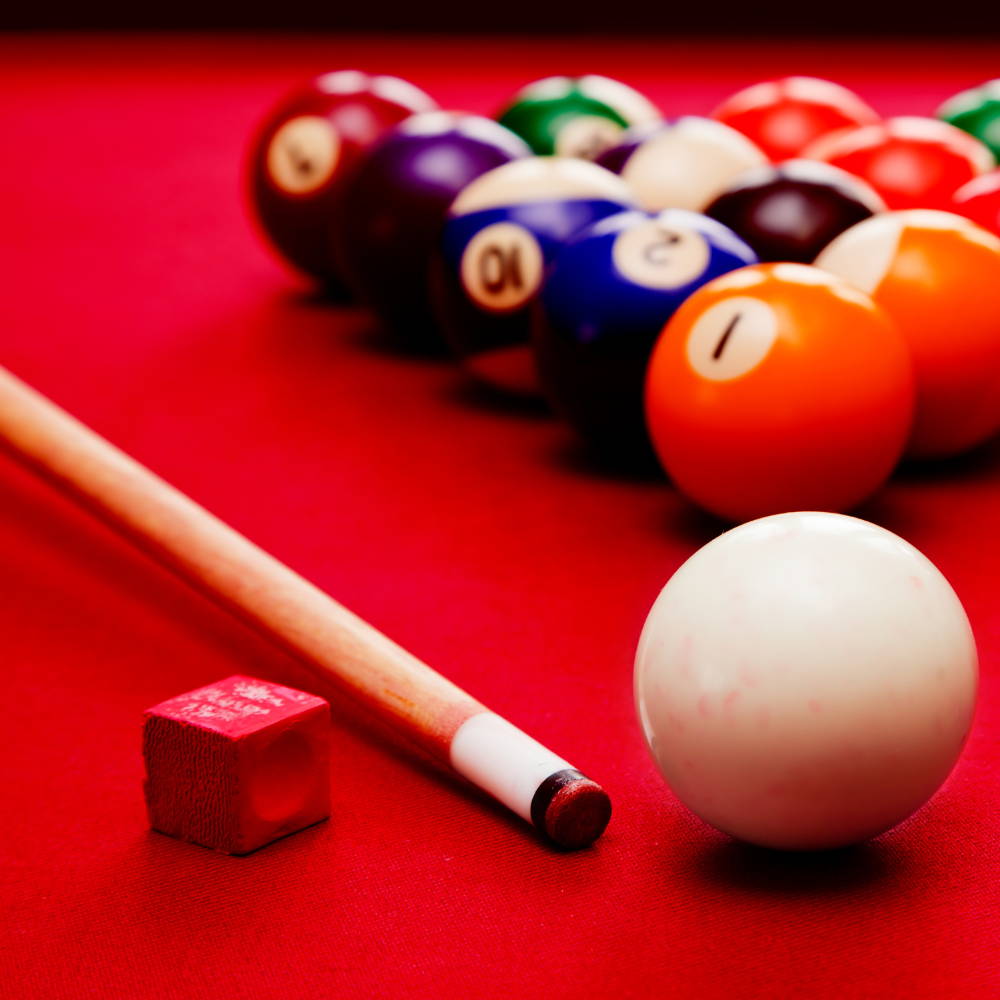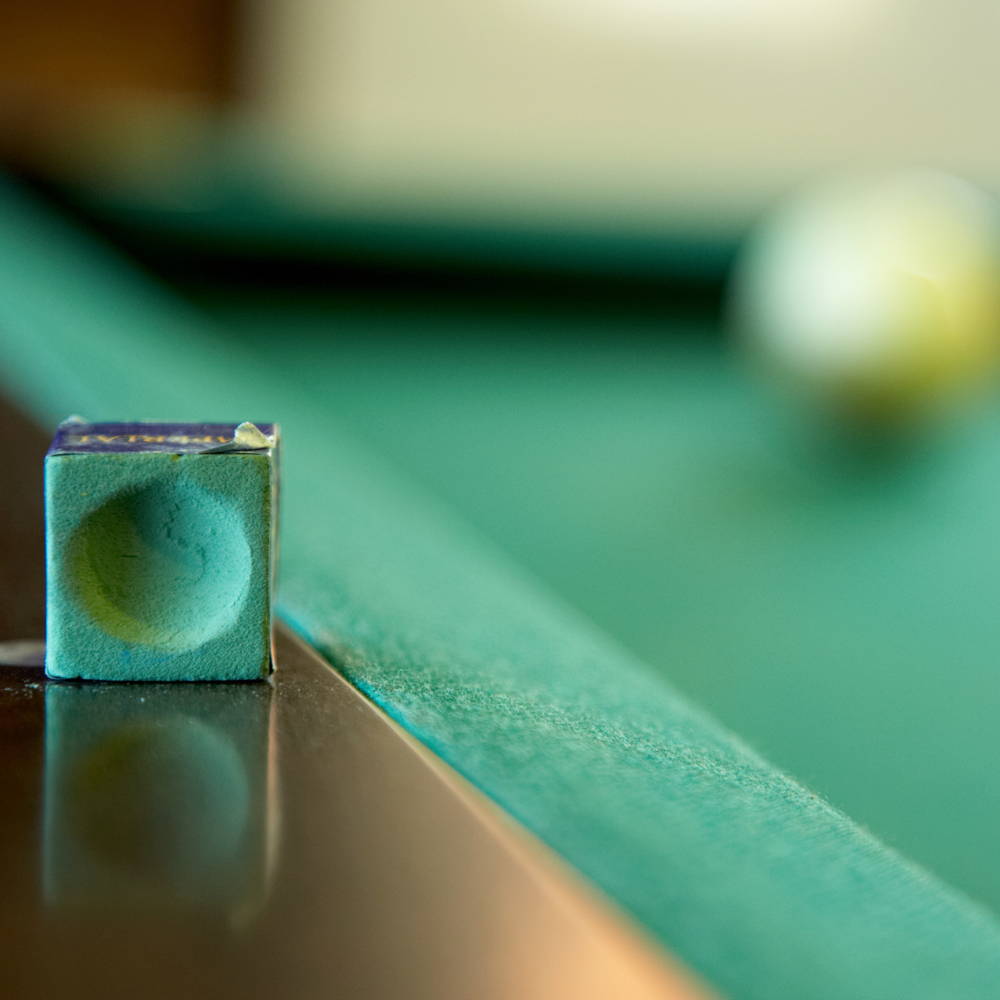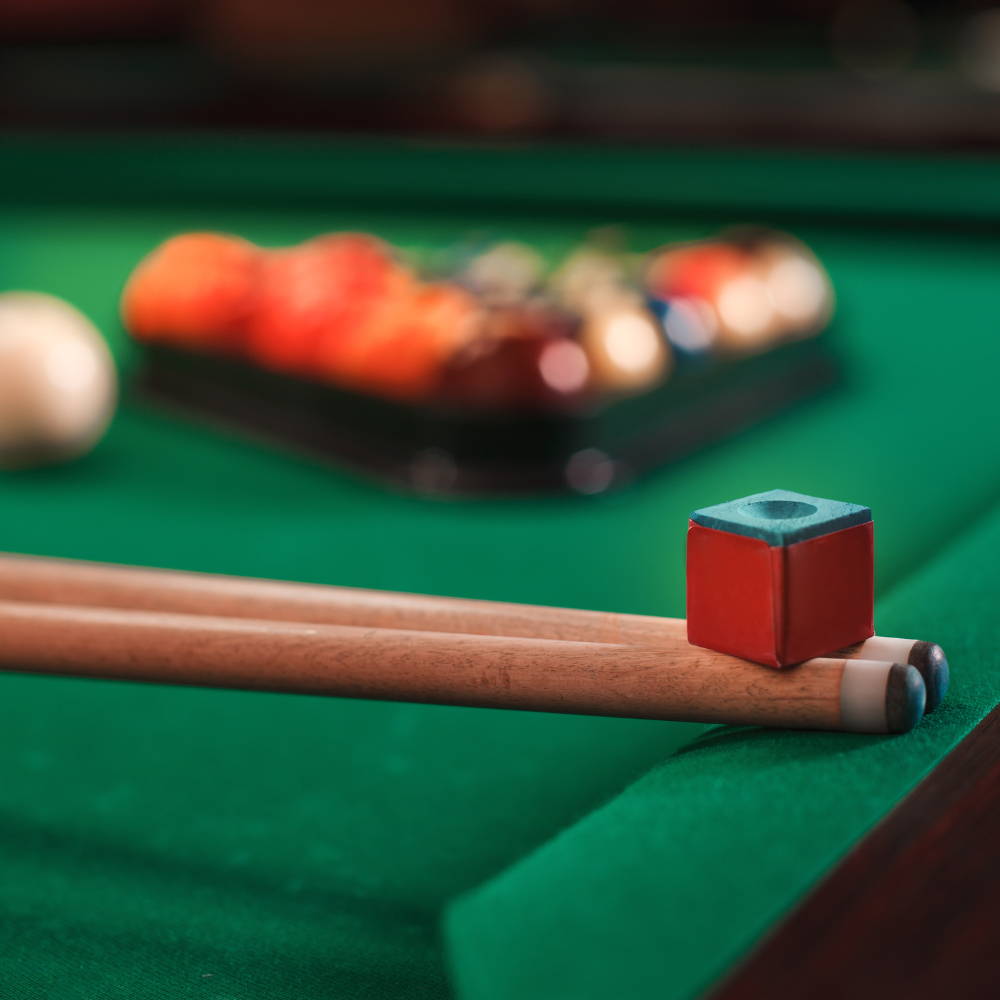Erasing the Past: Removing Chalk Marks from Your Pool Table
Playing pool is an enjoyable pastime and a source of entertainment for many. However, the chalk that's used on cue tips can often leave marks on the table's felt, affecting the appearance and potentially the gameplay. This article provides a detailed exploration on how to remove chalk marks from your pool table effectively, keeping it clean and ensuring the best playing conditions.
Introduction to Chalk Marks and Pool Table Maintenance
Chalk marks on a pool table are inevitable, but they don't have to be permanent. The chalk used on cue tips helps create friction between the cue and the ball, preventing miscues. However, this chalk often gets transferred onto the table, leaving unsightly marks. These can accumulate over time, causing the felt to look dirty and even affecting how the balls roll. As a result, maintaining your pool table's cleanliness is an essential aspect of preserving its quality and ensuring the best possible gameplay.

Materials Needed for Cleaning Chalk Marks
Before diving into the steps for cleaning, let's identify the key tools and materials you'll need:
- Pool Table Brush: This is a special brush designed to remove debris without damaging the felt.
- Vacuum Cleaner: Preferably, one with a gentle suction and brush attachment.
- Absorbent Cloth: Microfiber cloths are ideal due to their high absorbency.
- Pool Table Felt Cleaner: A specially designed cleaner that's safe to use on pool table felt.
With these items at hand, you're ready to begin the cleaning process.
Step-By-Step Guide to Cleaning Chalk Marks
Step 1: Use the Pool Table Brush
The first step in cleaning your pool table is to use the pool table brush. This brush is specially designed to be gentle on the felt while effectively removing chalk dust and other debris. Start brushing from the center of the table and work your way outward towards the edges, brushing chalk and debris into the pockets.
Step 2: Vacuum the Felt
After brushing, use a vacuum cleaner to further clean the table. It's crucial to use a vacuum cleaner with gentle suction to avoid damaging the felt. Use a brush attachment if possible, and always vacuum in the same direction that you brushed, from the center of the table towards the edges. This should remove any remaining chalk dust from the felt.
Step 3: Use a Felt Cleaner
For stubborn chalk marks, a pool table felt cleaner may be necessary. Spray a light mist of the cleaner over the table. Avoid soaking the felt, as this can damage it. Allow the cleaner to sit for a moment to break up the chalk marks.
Step 4: Wipe with a Microfiber Cloth
After applying the felt cleaner, gently wipe the surface of the table with a dry, absorbent microfiber cloth. This will absorb the cleaner and lift away chalk marks. As with brushing and vacuuming, it's best to wipe from the center of the table outward.
Step 5: Dry the Table
Ensure the table is completely dry before you use it again. Any moisture left on the felt can warp the slate underneath, causing an uneven playing surface. If necessary, use a hairdryer on a cool setting to speed up the drying process.
By following these steps, you should be able to effectively remove chalk marks from your pool table.

Preserving the Cleanliness of Your Pool Table
Maintenance is the key to preserving the quality of your pool table. Regular cleaning can prevent the build-up of chalk marks and extend the lifespan of the felt. Here are a few tips to help maintain your pool table:
- Regular Brushing and Vacuuming: These should be done at least once a week if the table is used regularly.
- Use High-Quality Chalk: High-quality chalk tends to be less dusty and less likely to leave significant marks.
- Clean Your Cue Tips: Regularly cleaning the tips of your cues can reduce the amount of chalk that gets transferred onto the table.
- Cover Your Table: When not in use, cover your table to protect it from dust and debris.
While chalk marks are part of the game of pool, they don't have to be a permanent fixture on your table. With regular cleaning and maintenance, your pool table can remain a clean, high-quality surface for many enjoyable games.
In-depth Look at Pool Table Brushes
A pool table brush is an essential tool for keeping your table clean. However, not all brushes are created equal. The best brushes for pool tables typically have soft bristles that are safe for the felt. There are different shapes of brushes for various tasks:
- Standard Brush: These brushes are great for general cleaning. They typically have dual-length bristles: longer bristles on the sides to clean the corners and edges of the table, and shorter ones in the middle for the flat areas of the felt.
- Under Rail Brush: These specialized brushes have a unique shape that allows you to clean underneath the rails of the table. Keeping this area clean can help prevent dust and chalk from spreading to the felt.
- T-shaped Brush: These brushes are ideal for cleaning the inside corners of the table pockets.
When using these brushes, always follow the direction of the cloth's weave to avoid damaging it.
Understanding Pool Table Felt Cleaners
Pool table felt cleaners are specially formulated to clean without damaging the felt or affecting the roll of the balls. When choosing a felt cleaner, look for one that is non-abrasive, fast-drying, and specifically designed for pool tables. Always follow the instructions on the cleaner; most will instruct you to spray lightly, let it sit, and then blot or gently rub to remove the chalk or stains.
What About Chalk Marks on the Cue Ball?
Chalk marks on the cue ball can also affect the gameplay as it may cause the ball to deviate from its path. To clean the cue ball, you can use warm soapy water and a soft cloth. Avoid using harsh detergents or abrasive cleaners as they may damage the surface of the ball. Rinse the ball thoroughly and dry it completely before using it again.

Prevention is Better than Cure
While knowing how to clean chalk marks from your pool table is important, it's even better to prevent them in the first place. Regularly chalking your cue and doing it properly can reduce the amount of chalk that gets transferred onto the table and balls. When chalking, try to do it over the rail or a chalking tray, not over the felt. Also, ensure to apply it evenly without caking it on.
In conclusion, a clean pool table not only looks good but also offers better gameplay. Regular cleaning, proper chalking technique, and the use of high-quality accessories can go a long way in maintaining your table in the best condition. By following the steps and tips outlined in this article, you can enjoy a great game of pool on a well-kept table
Are you looking for a Pool Table? check out our pool tables range Pool Tables





